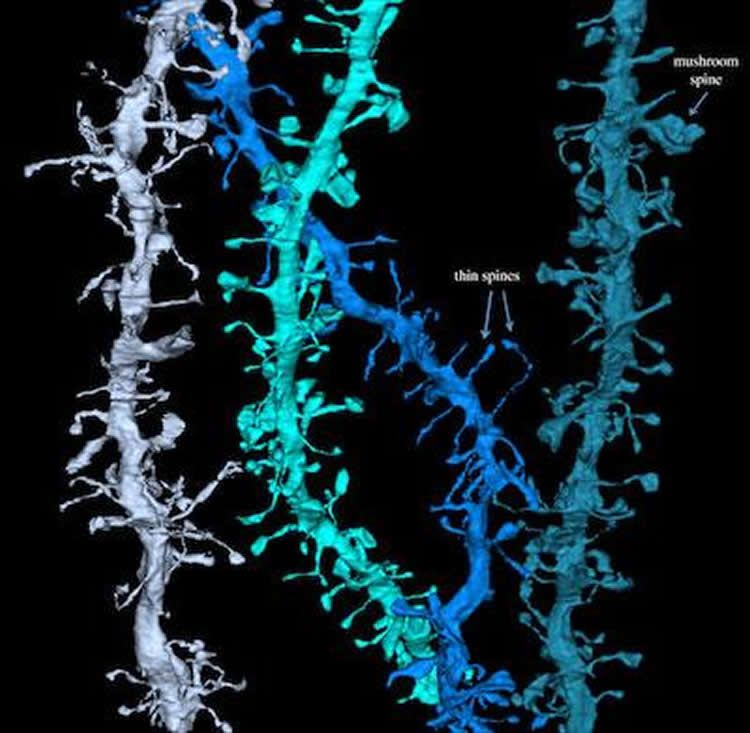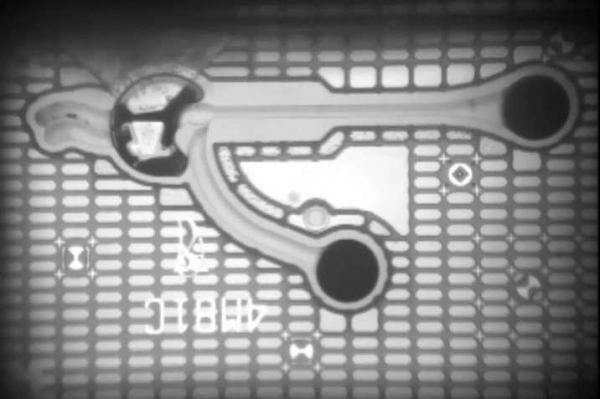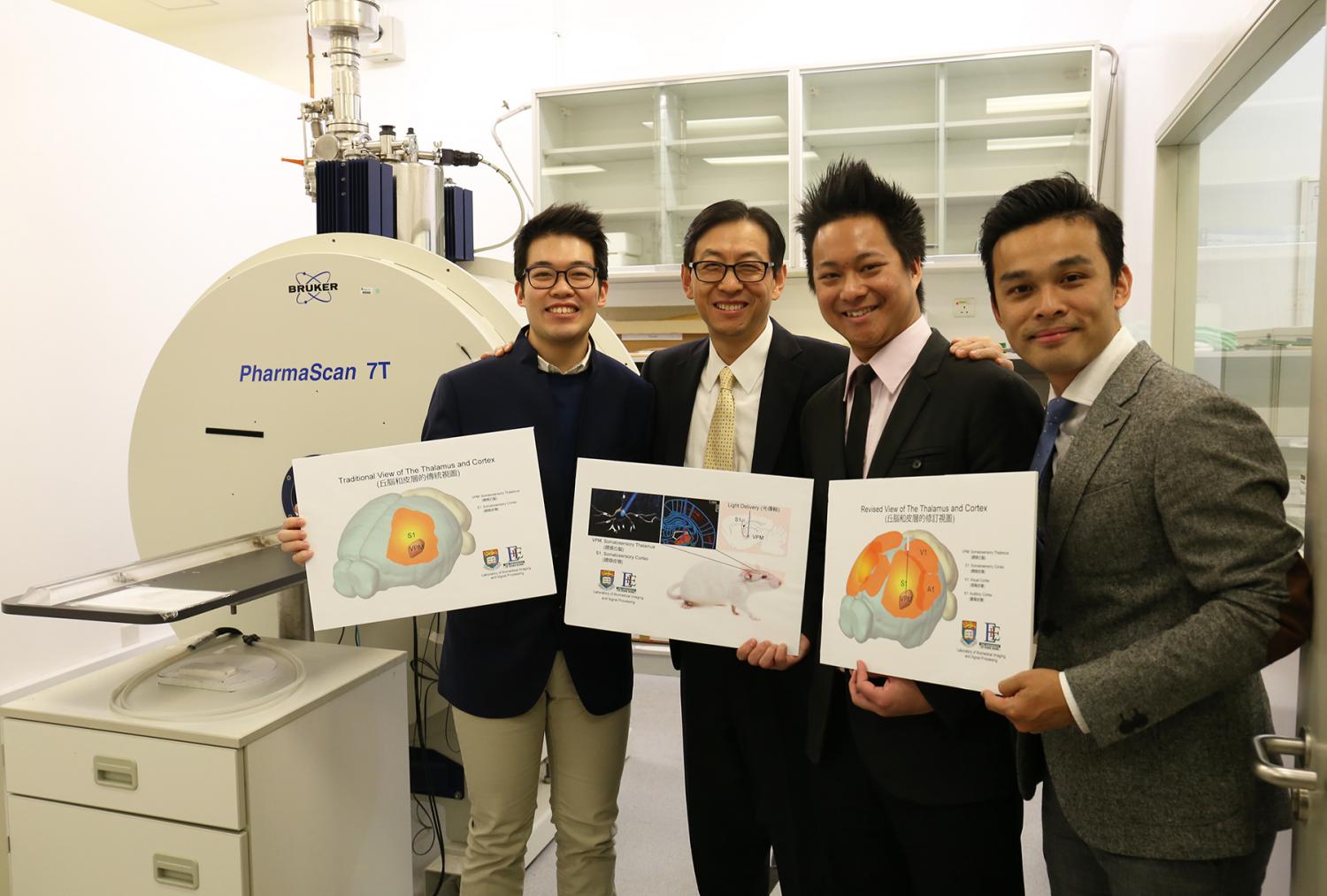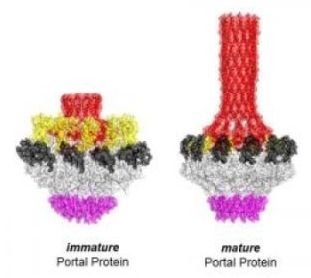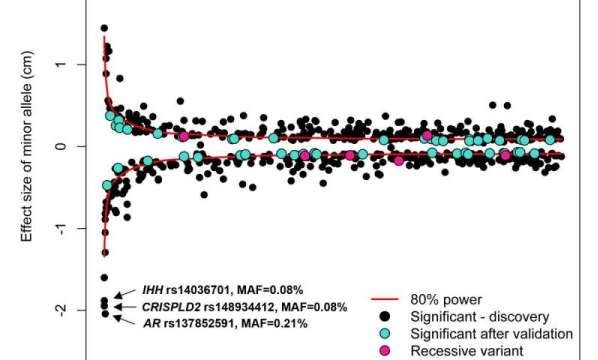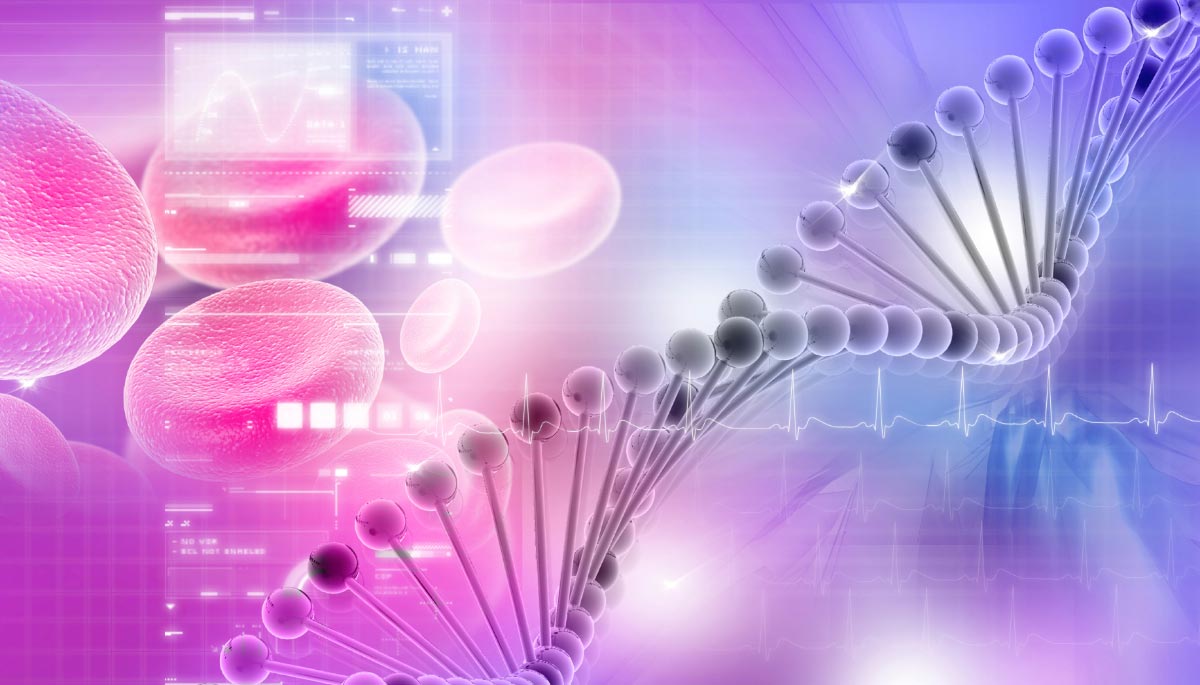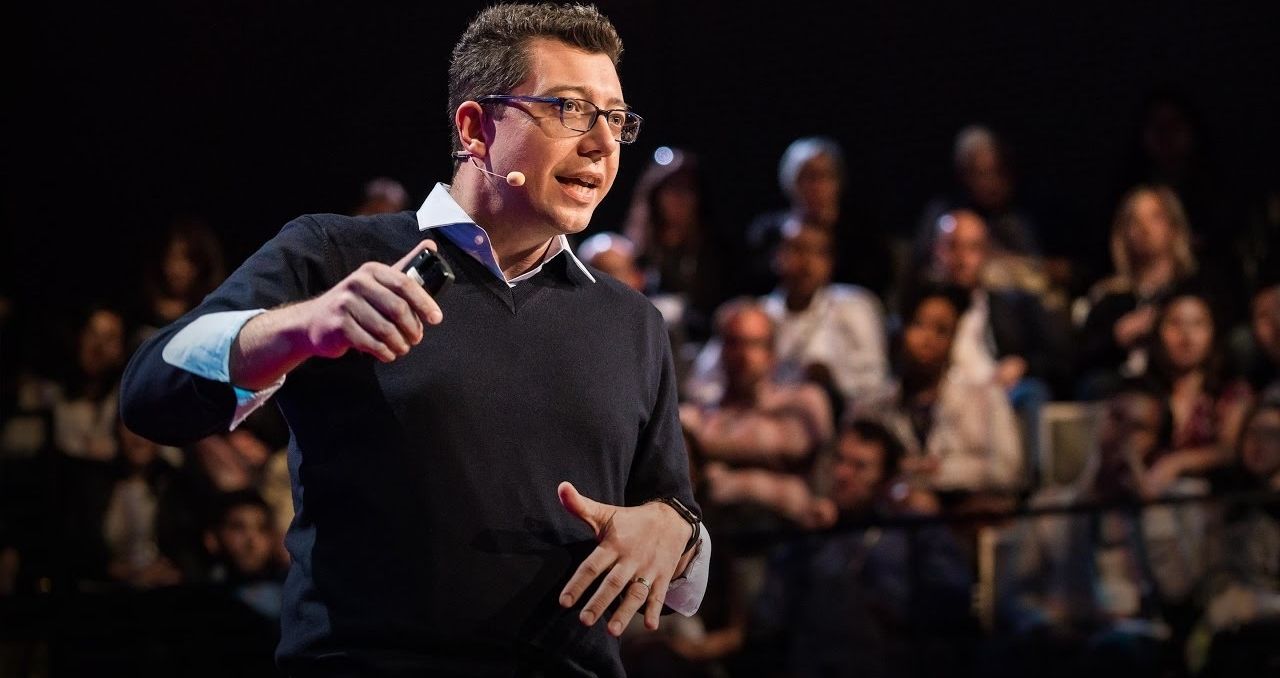Feb 2, 2017
A Smorgasbord of Tiny Switches fit for Consumer Devices
Posted by Karen Hurst in categories: electronics, mobile phones
Judging by the way some users handle portable consumer electronics, it’s fair to say that they can be considered harsh environment devices. Cell phones, MP3 players, tablets and other portable electronic devices have become ubiquitous personal and professional tools that are used constantly throughout the day and not with the gentlest of care. As a result, switch manufacturers must create new rugged miniature switches that combine significant space and weight reductions with ruggedness and long operating lives.
These miniature switches must function in the same reliable, consistent manner as the more substantially-sized industrial design, all the while maintaining optimum functionality, performance and extended lifespans. Switch manufacturers that offer value-added services, including manufacturing modules and custom assemblies, can deliver complete electromechanical solutions that not only meet the size and performance requirements, but can also withstand the elements like vibration and shock.

